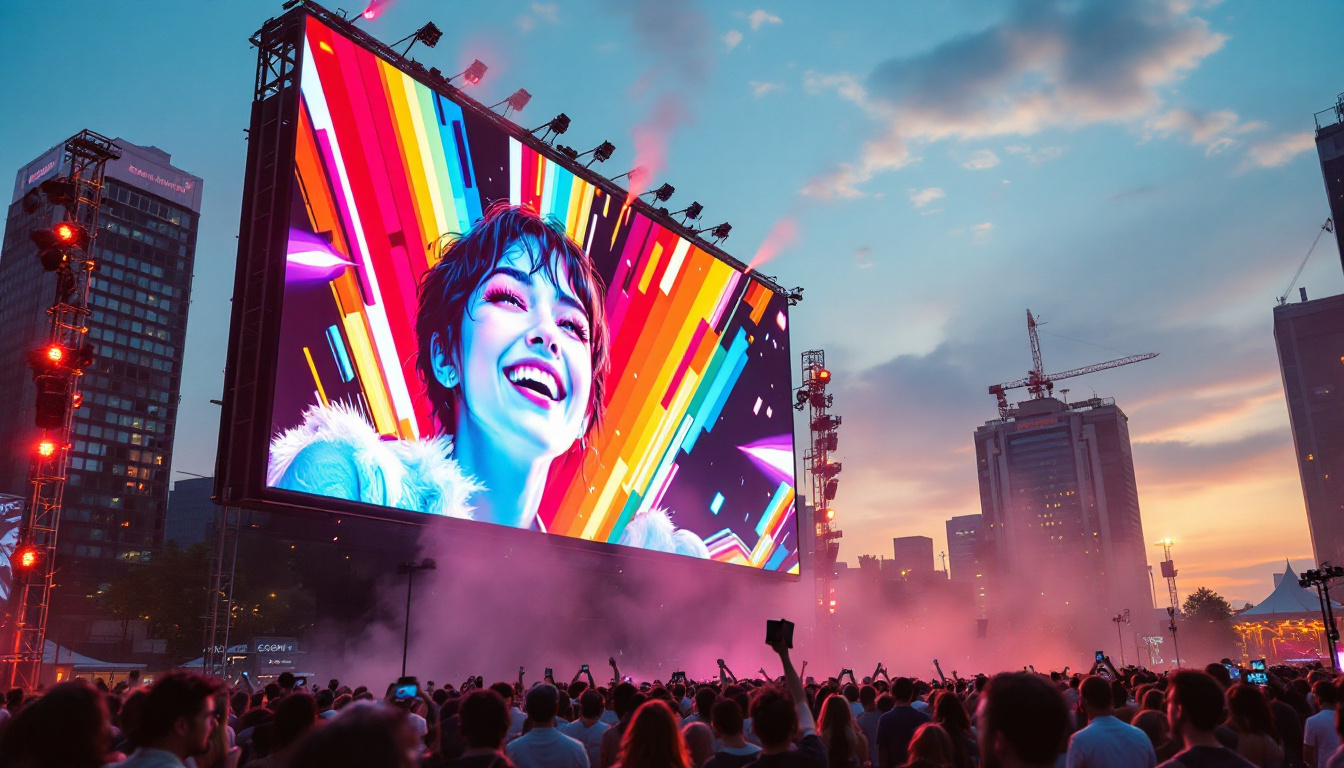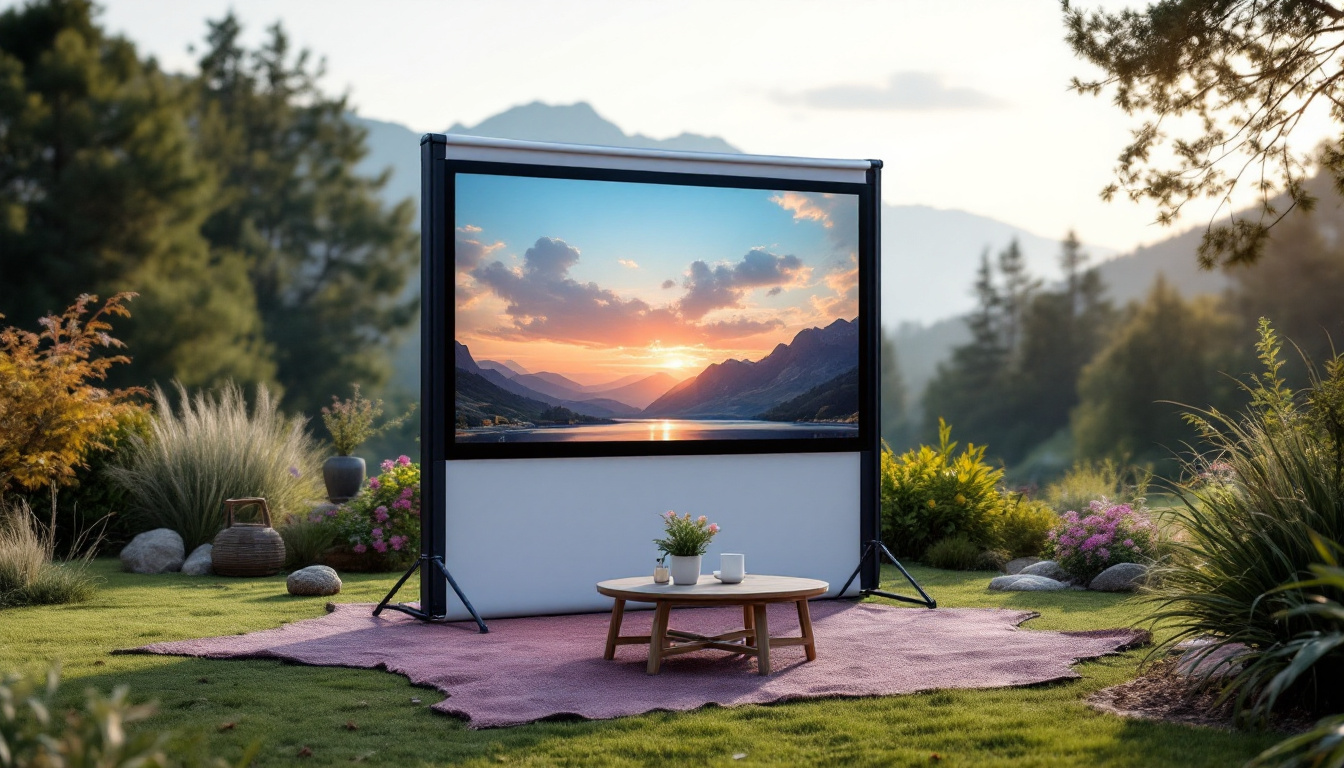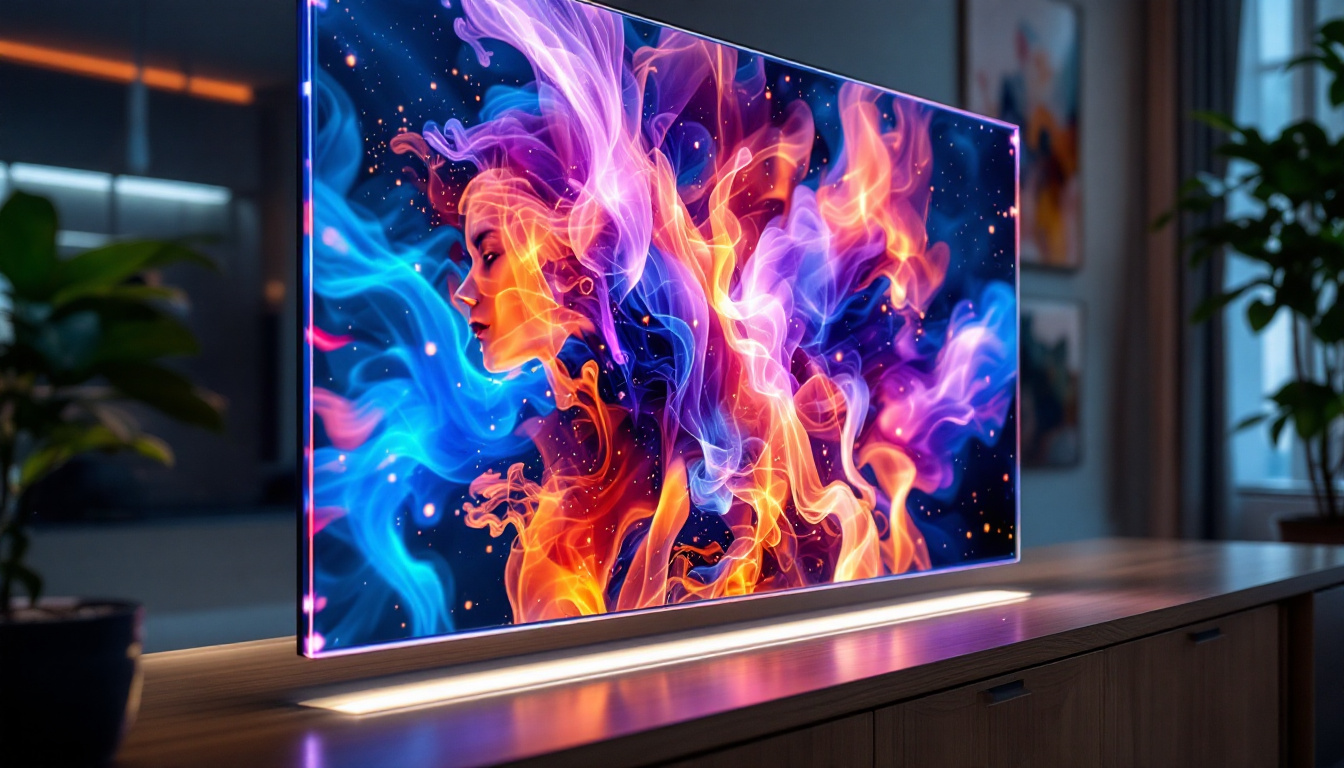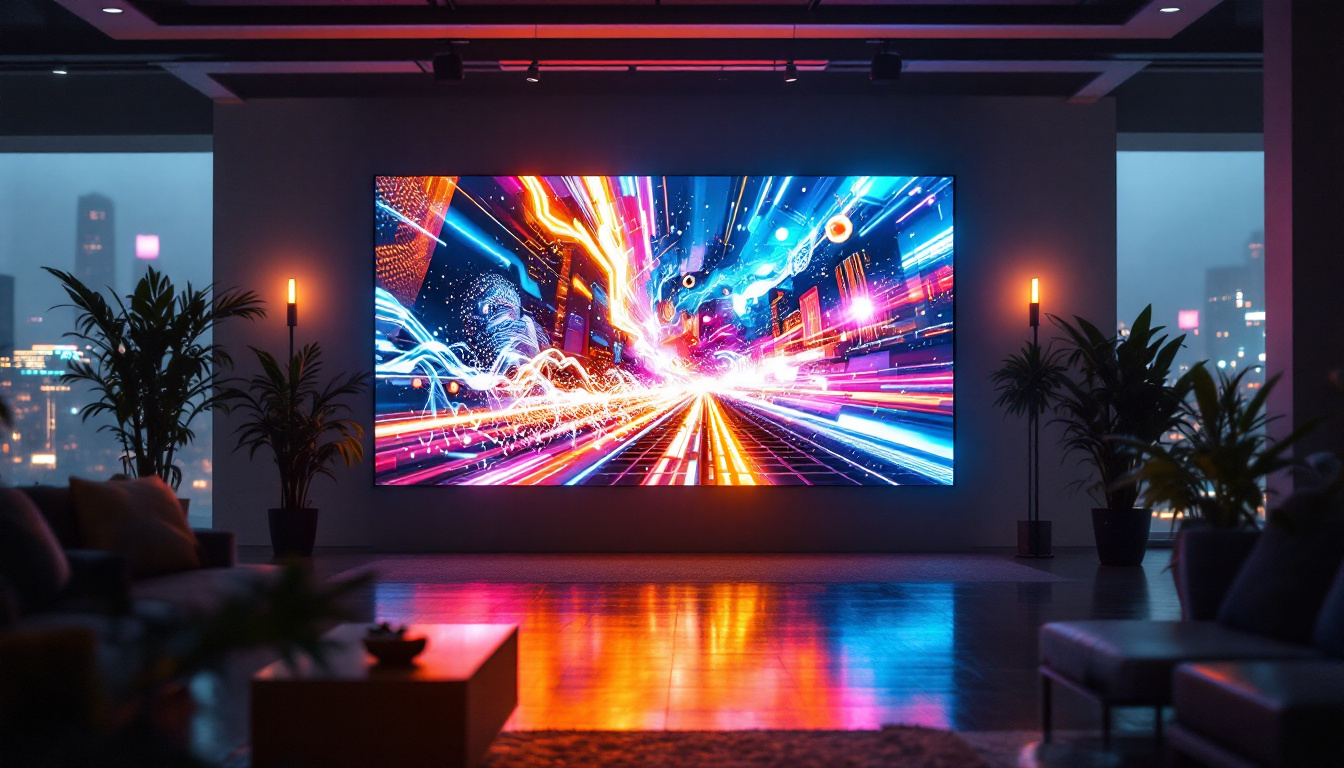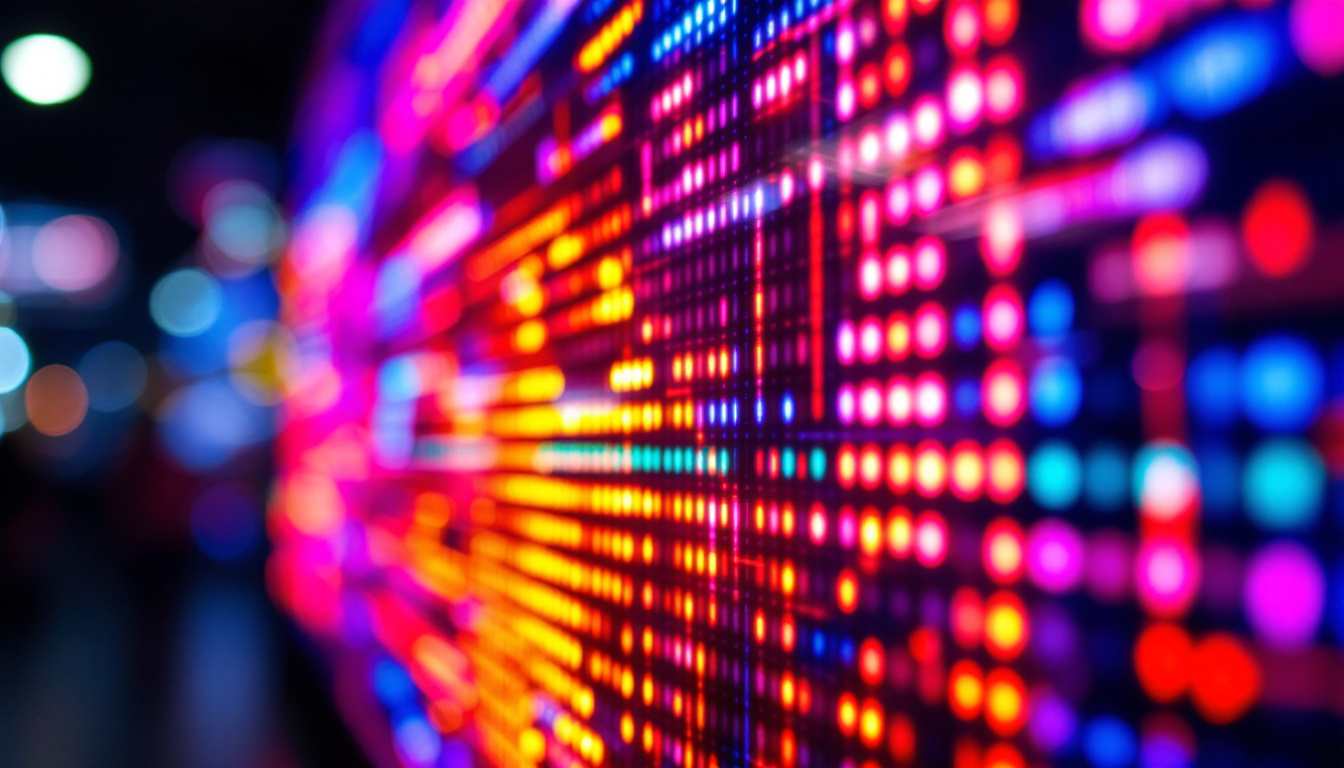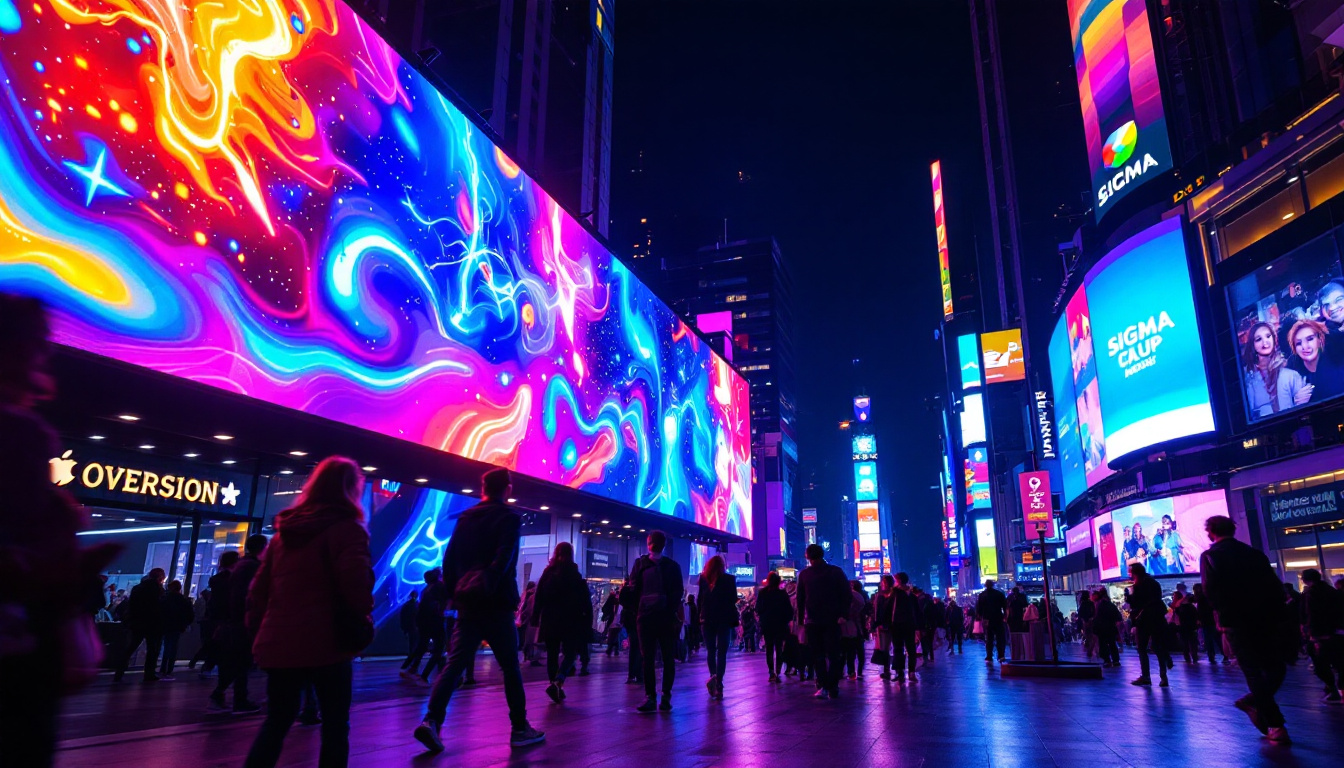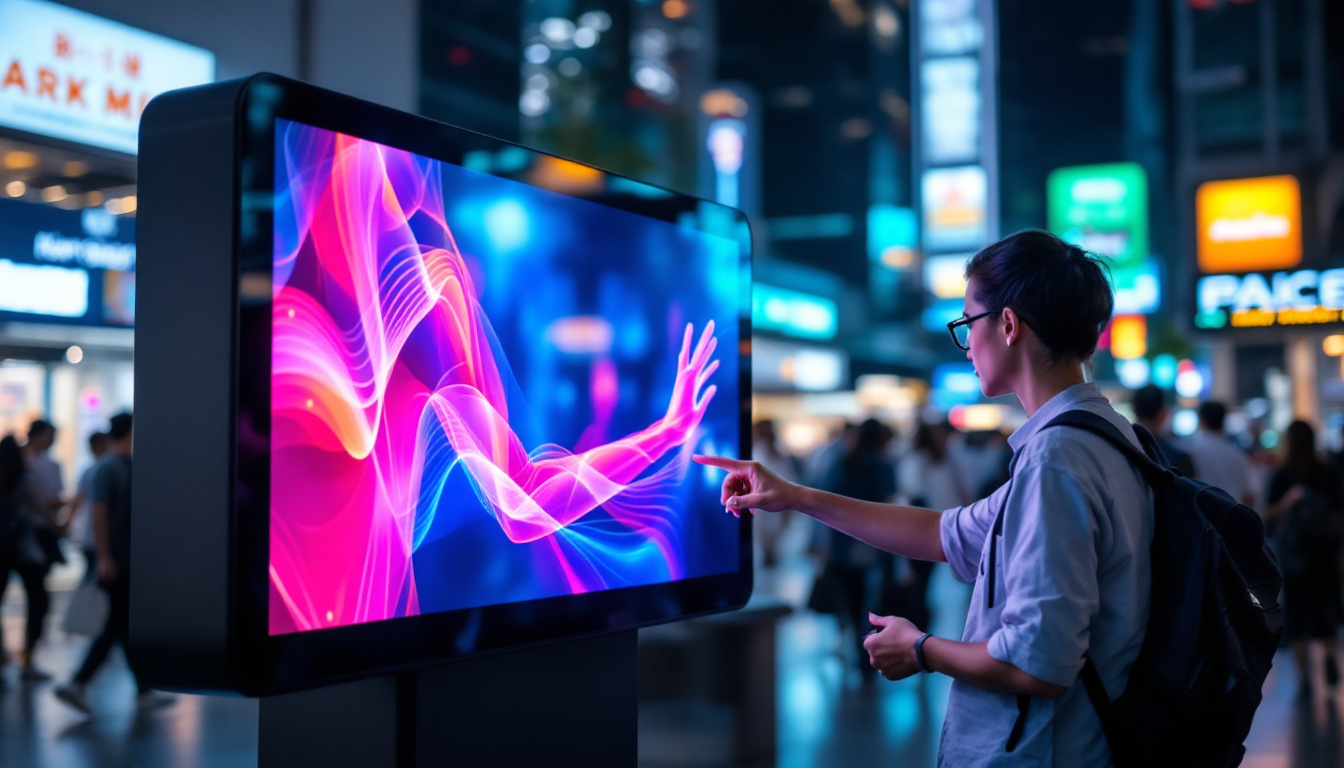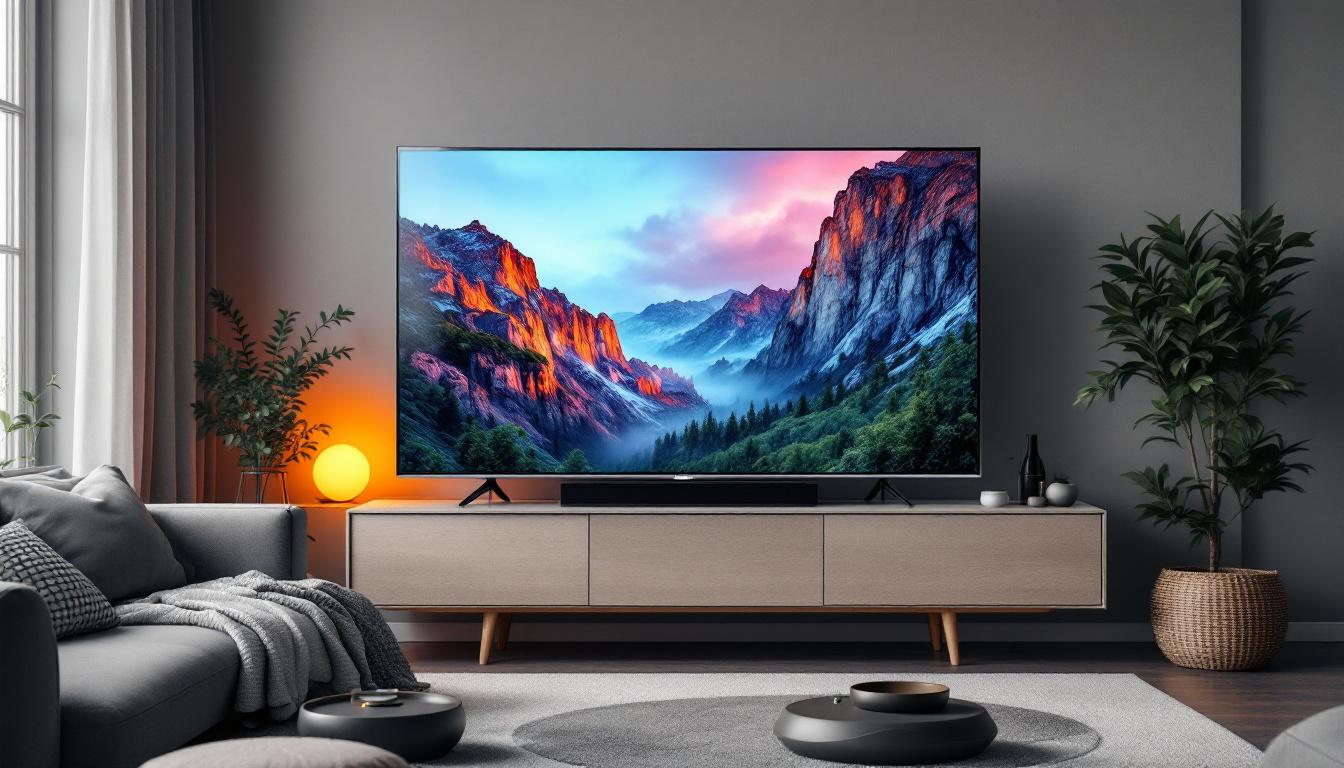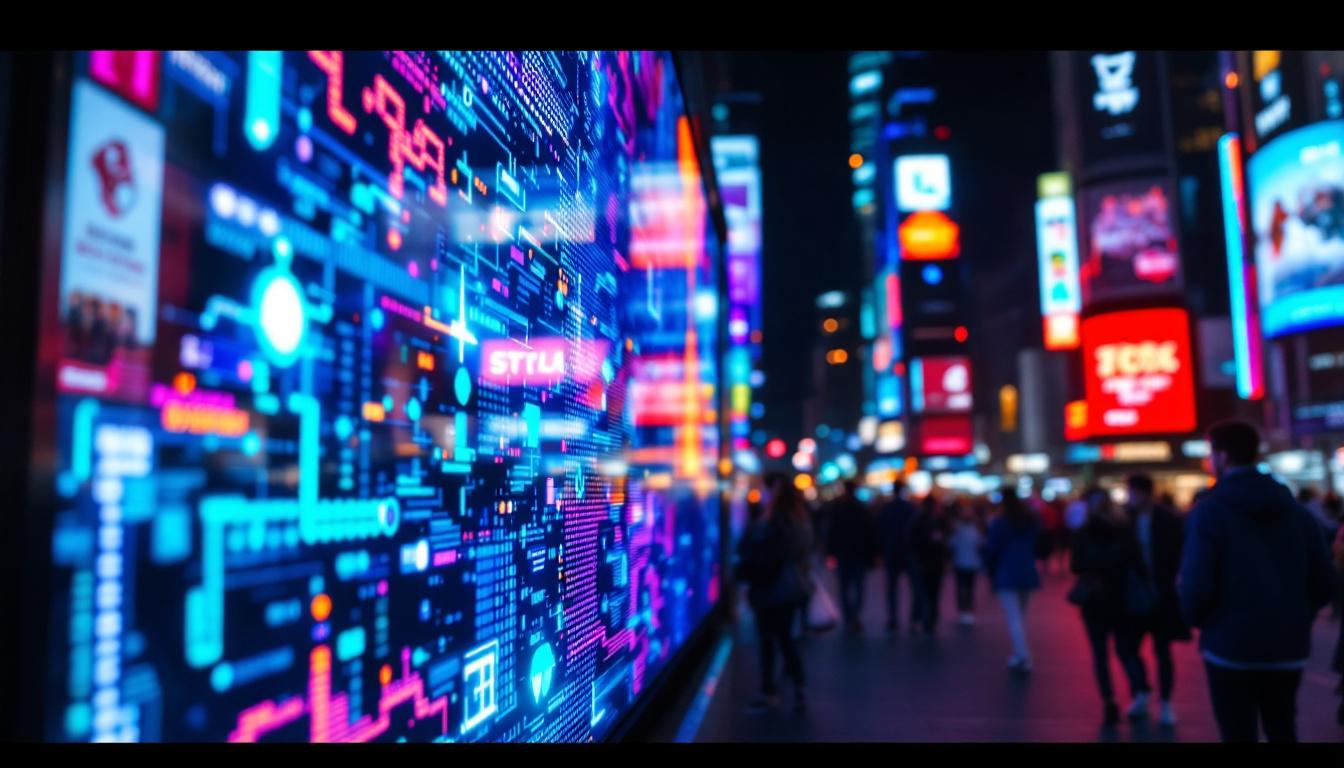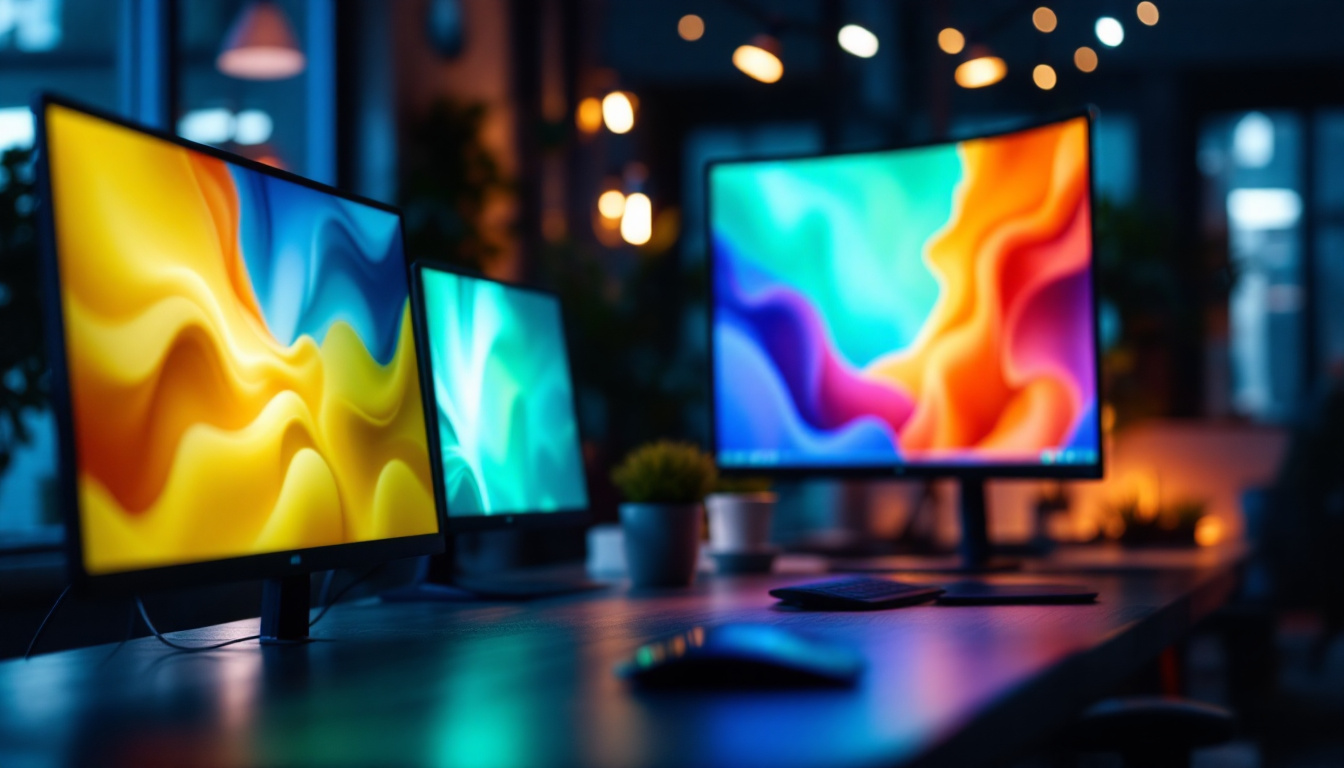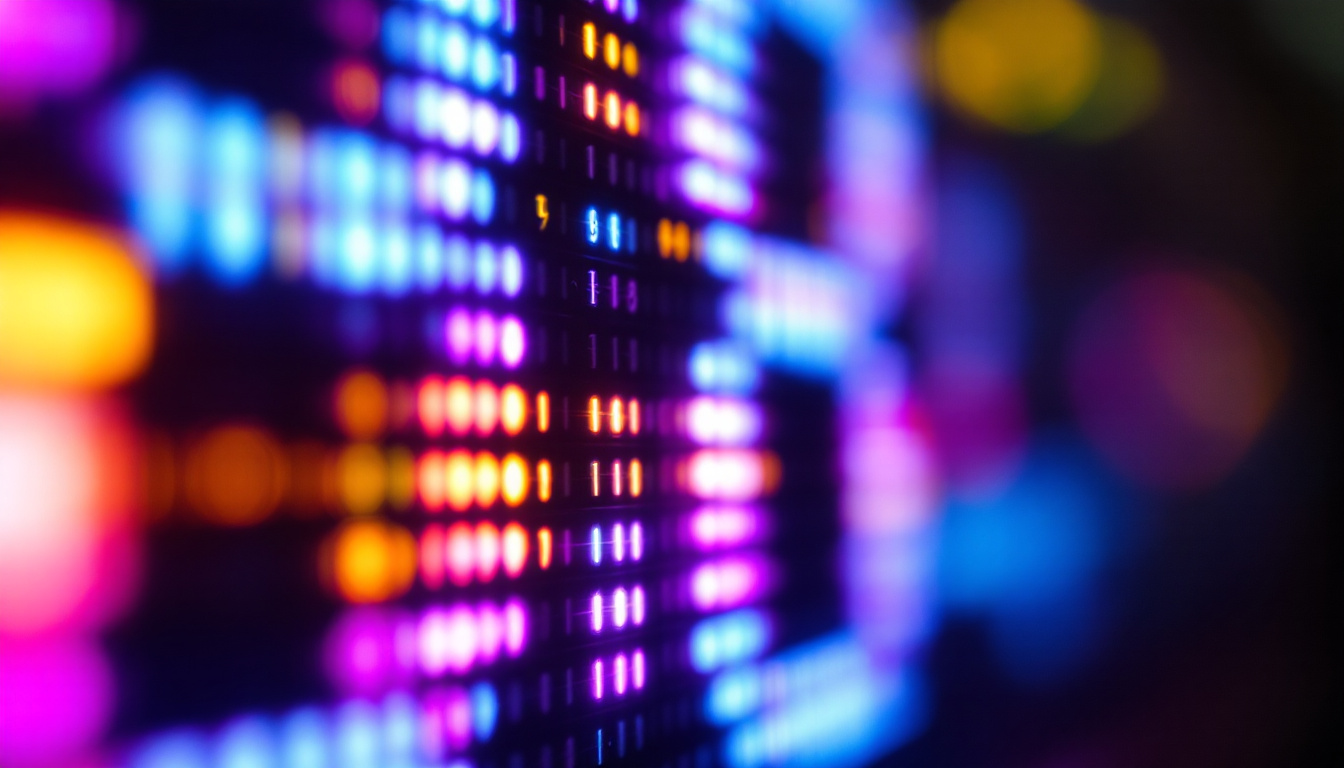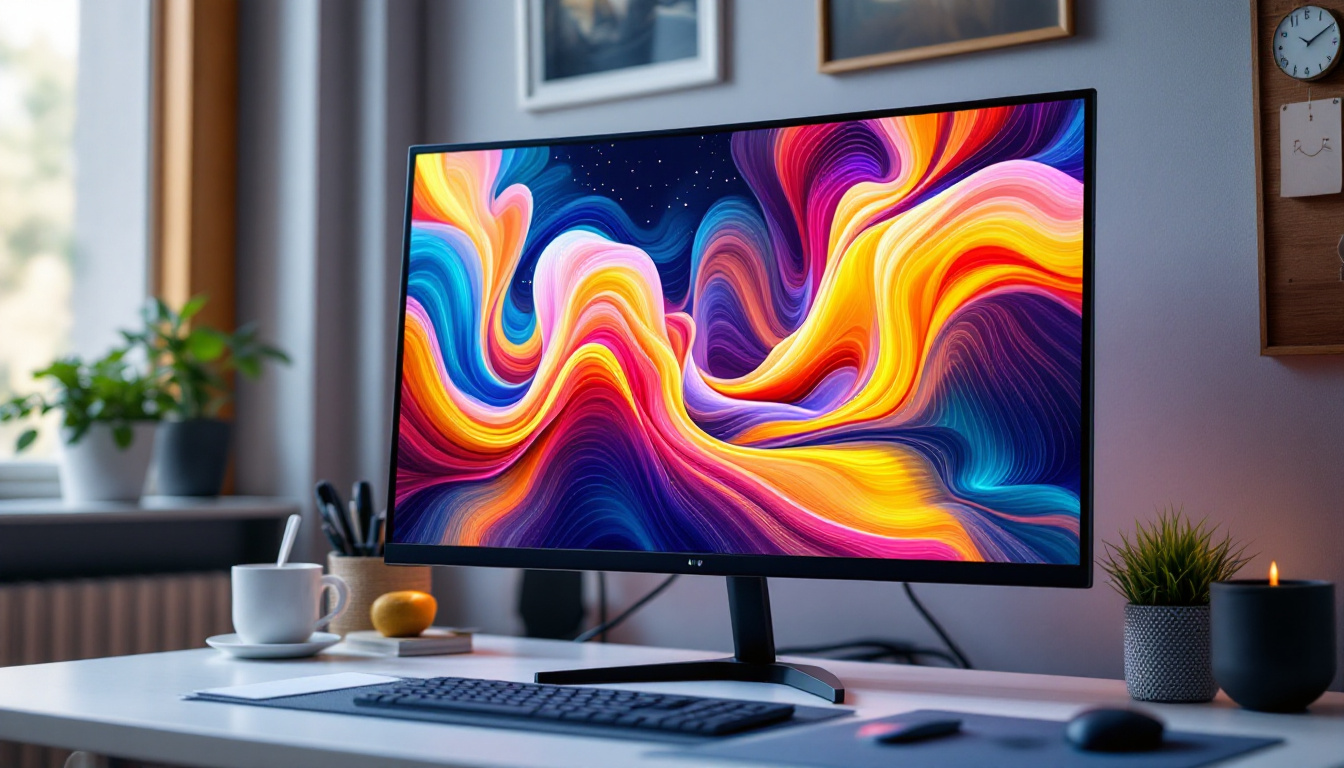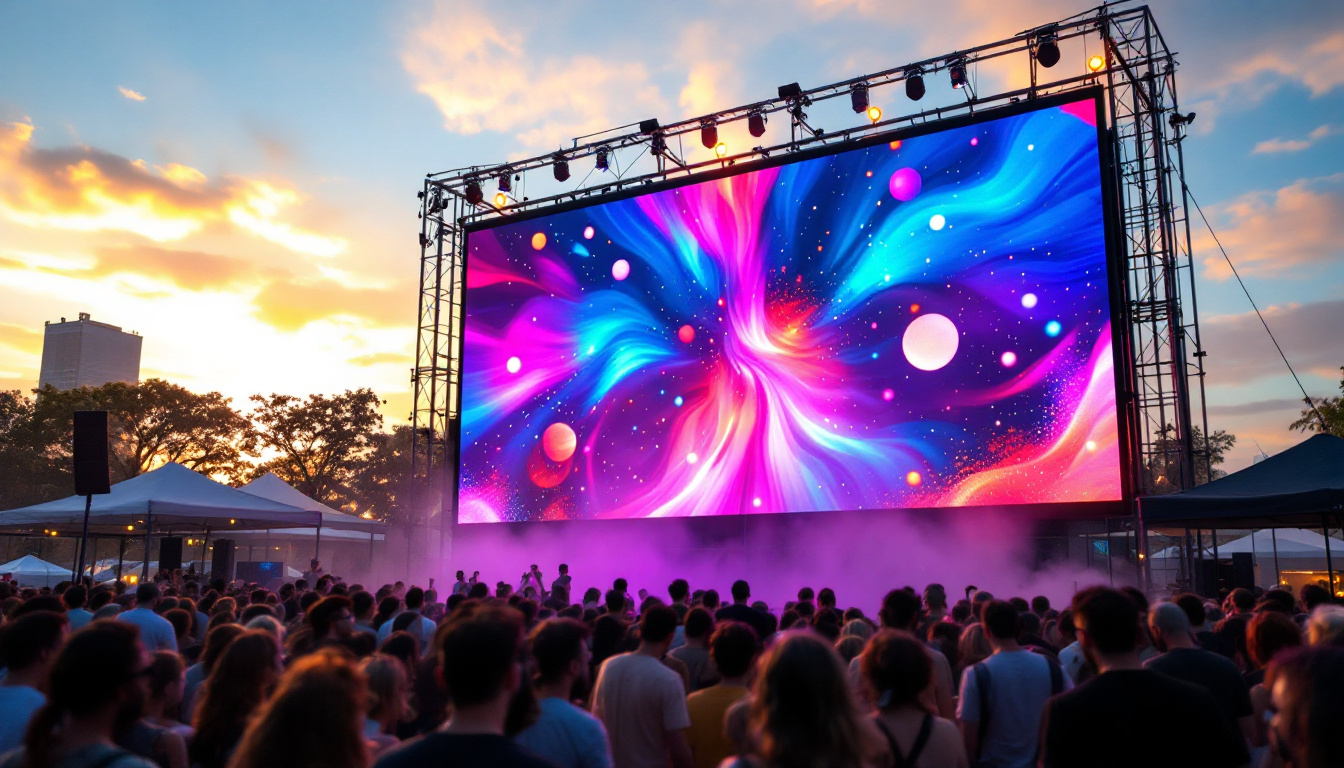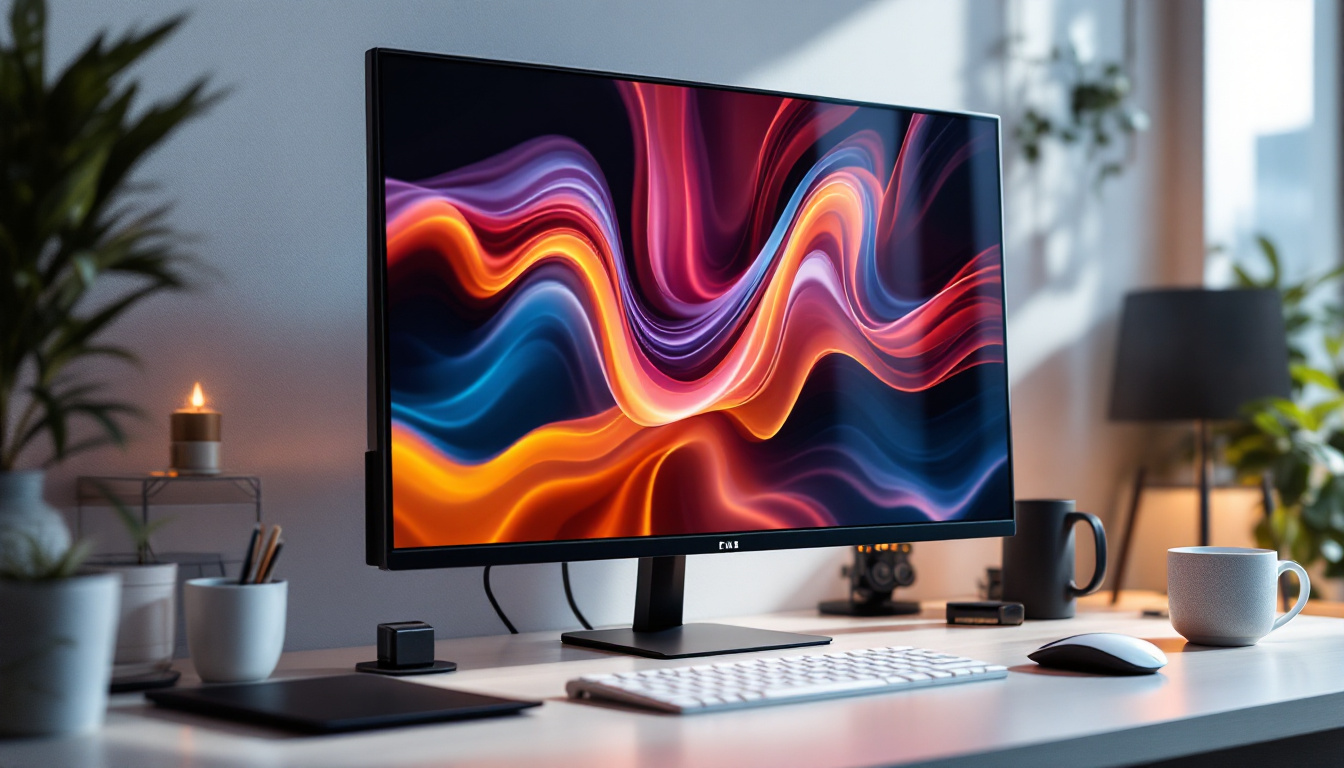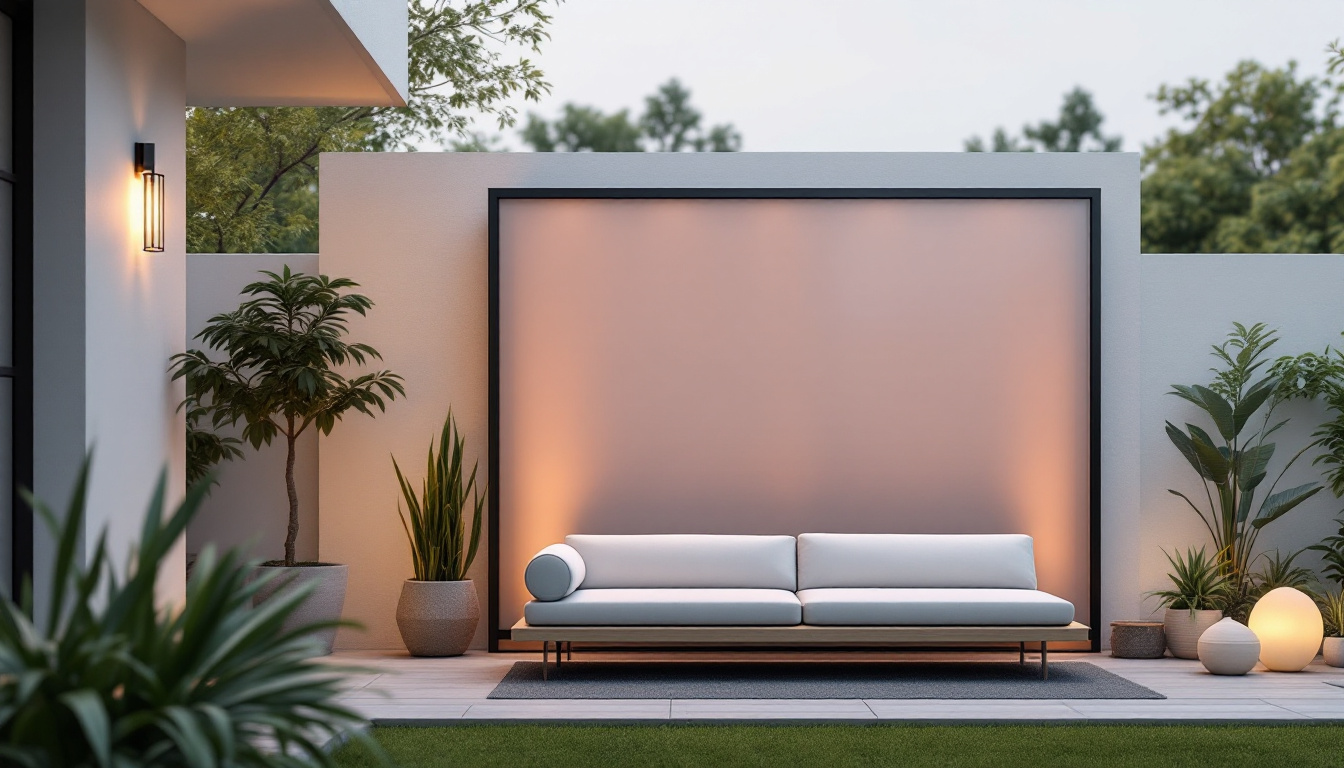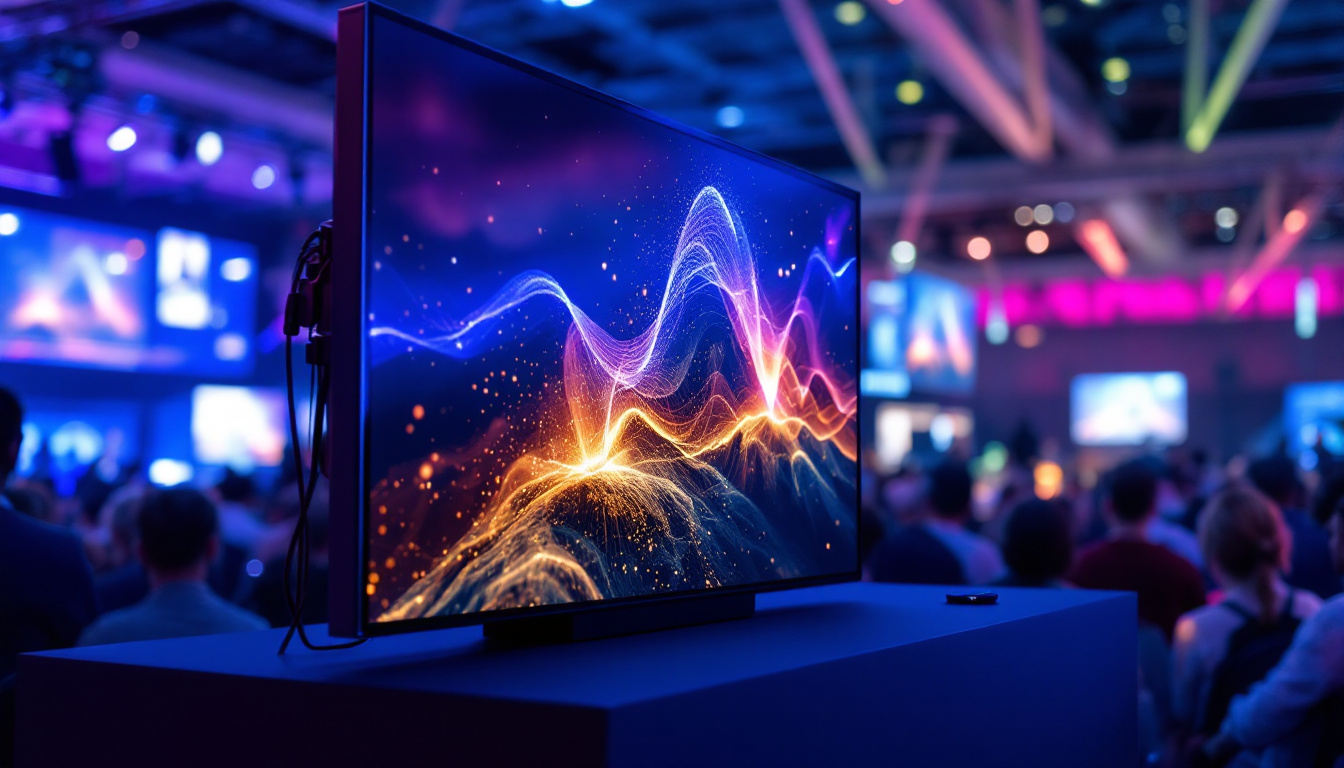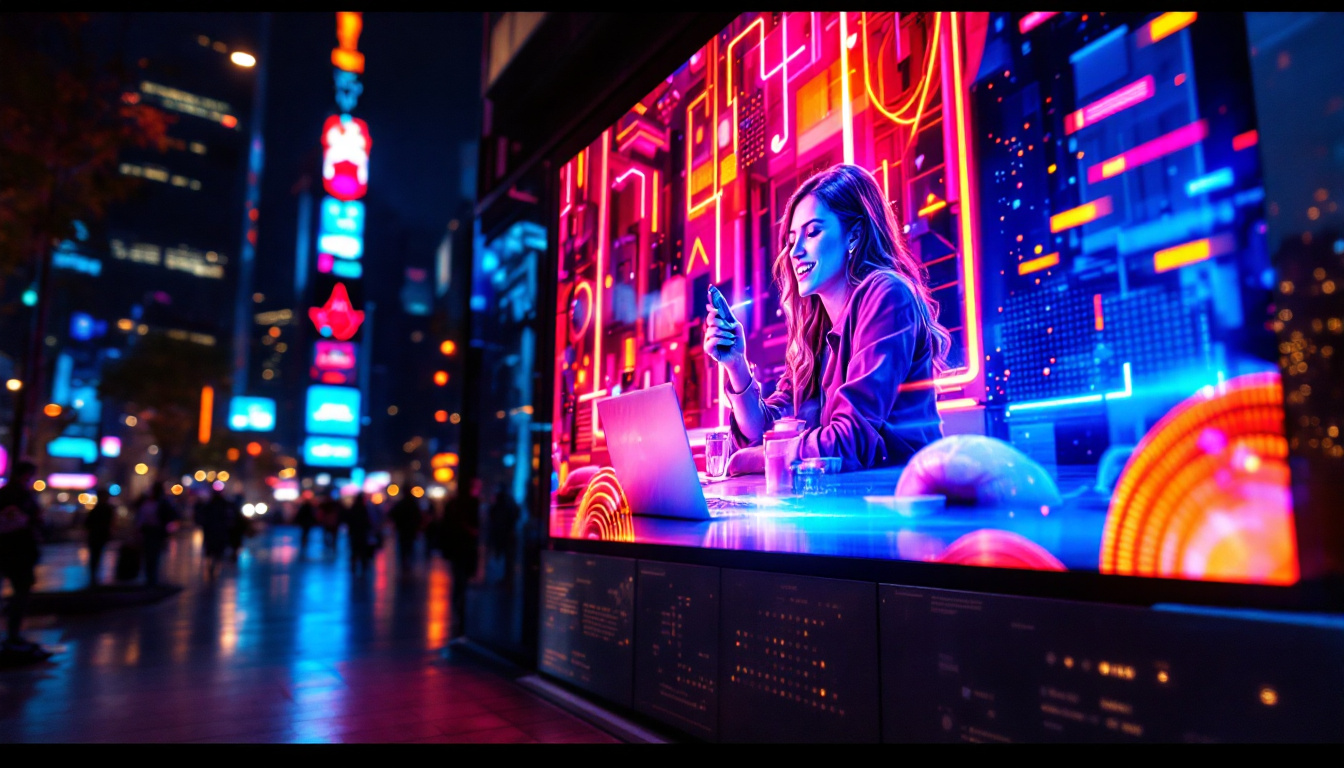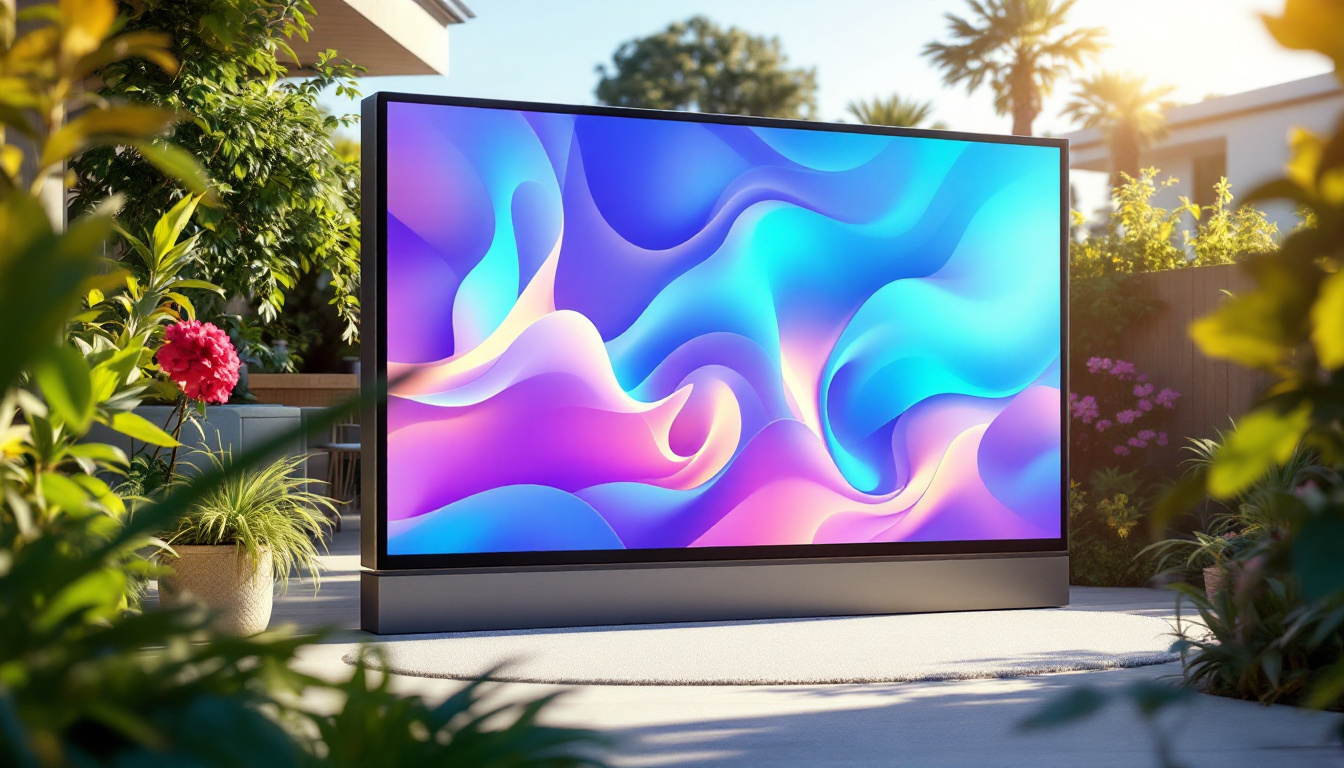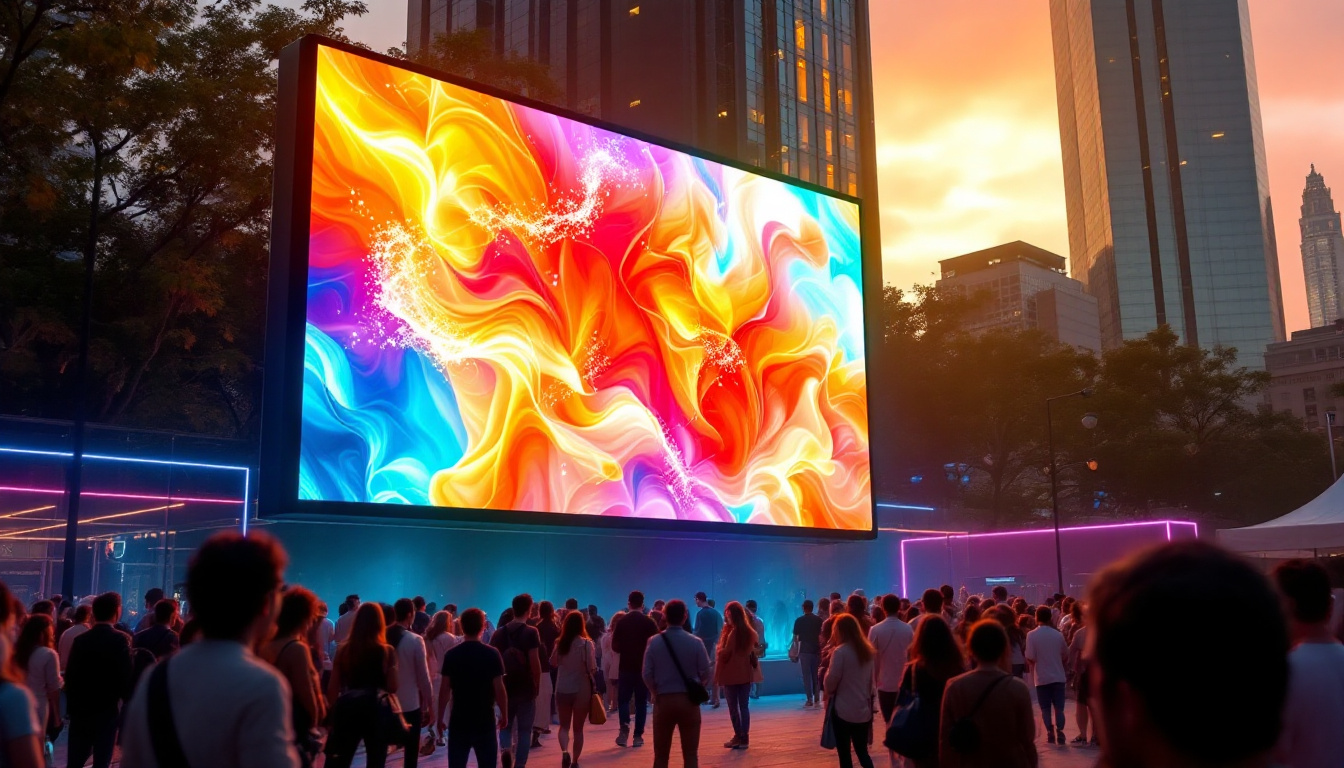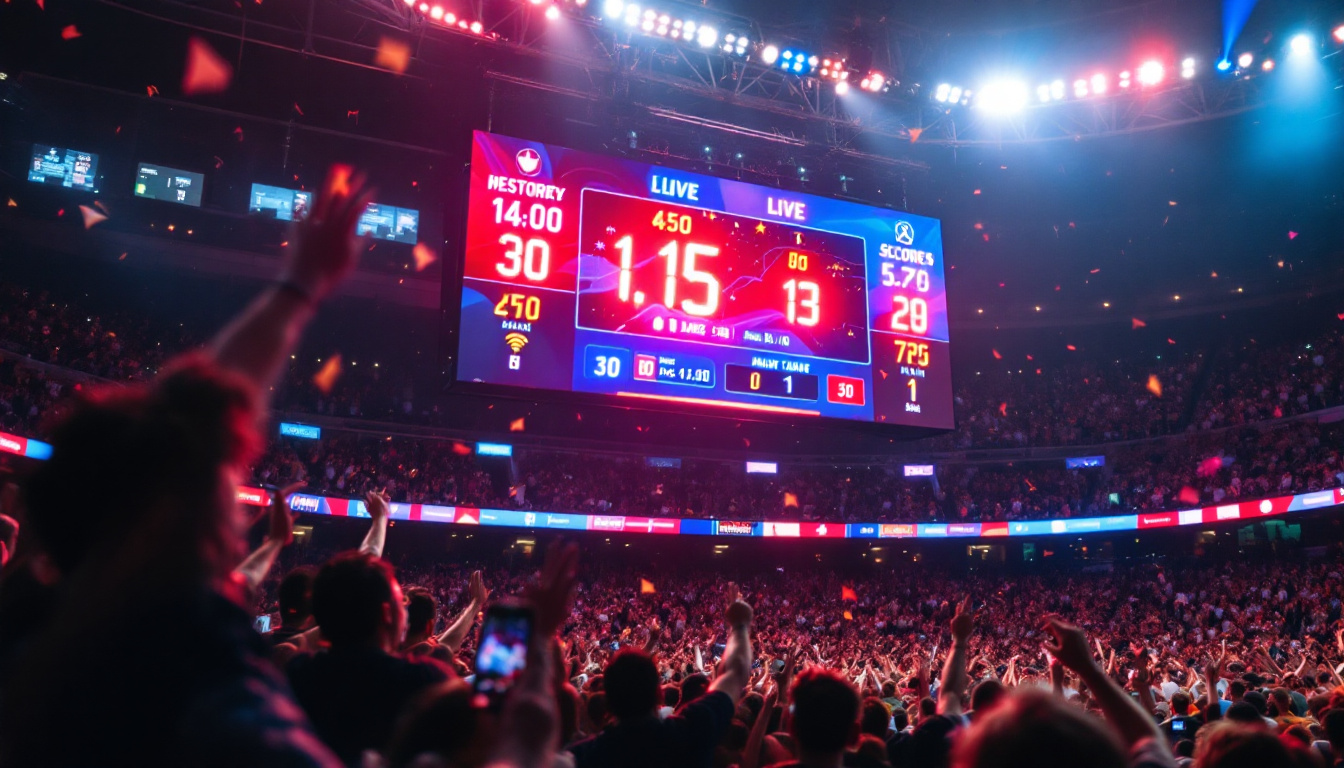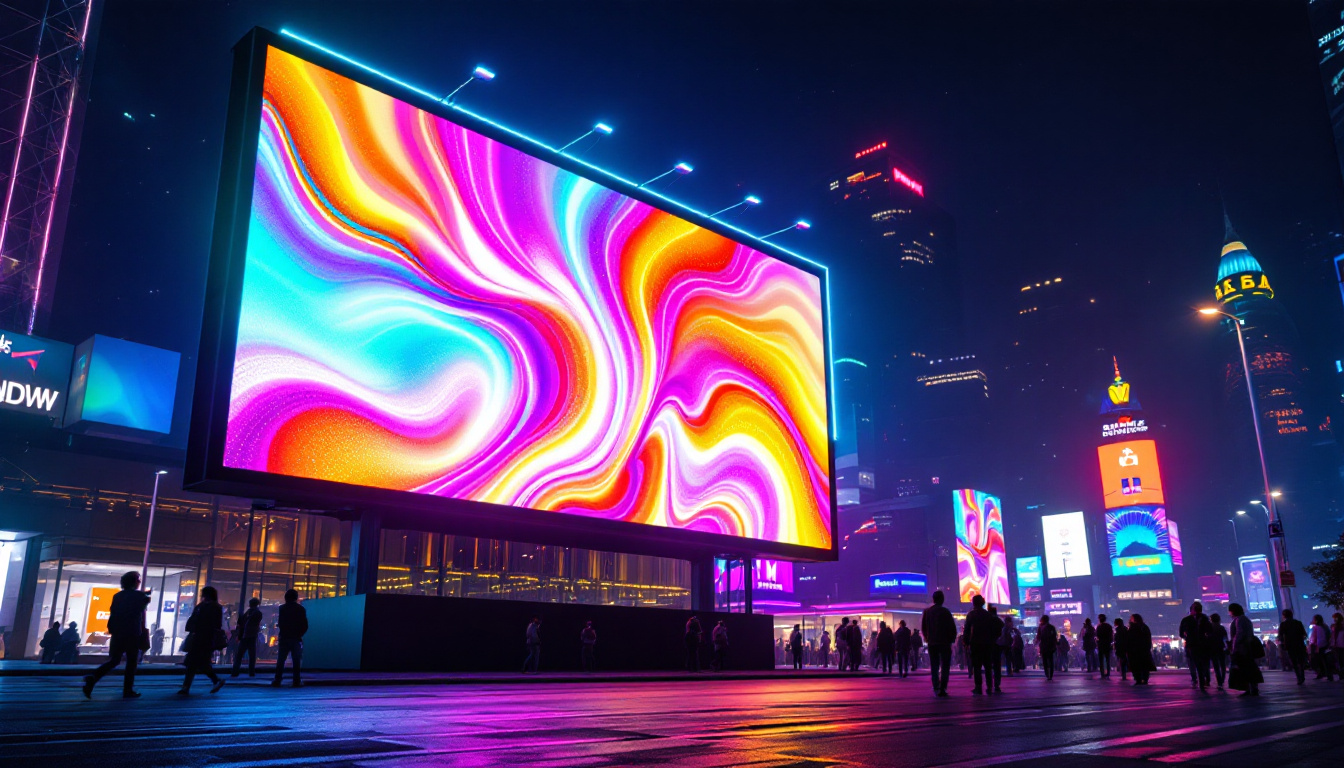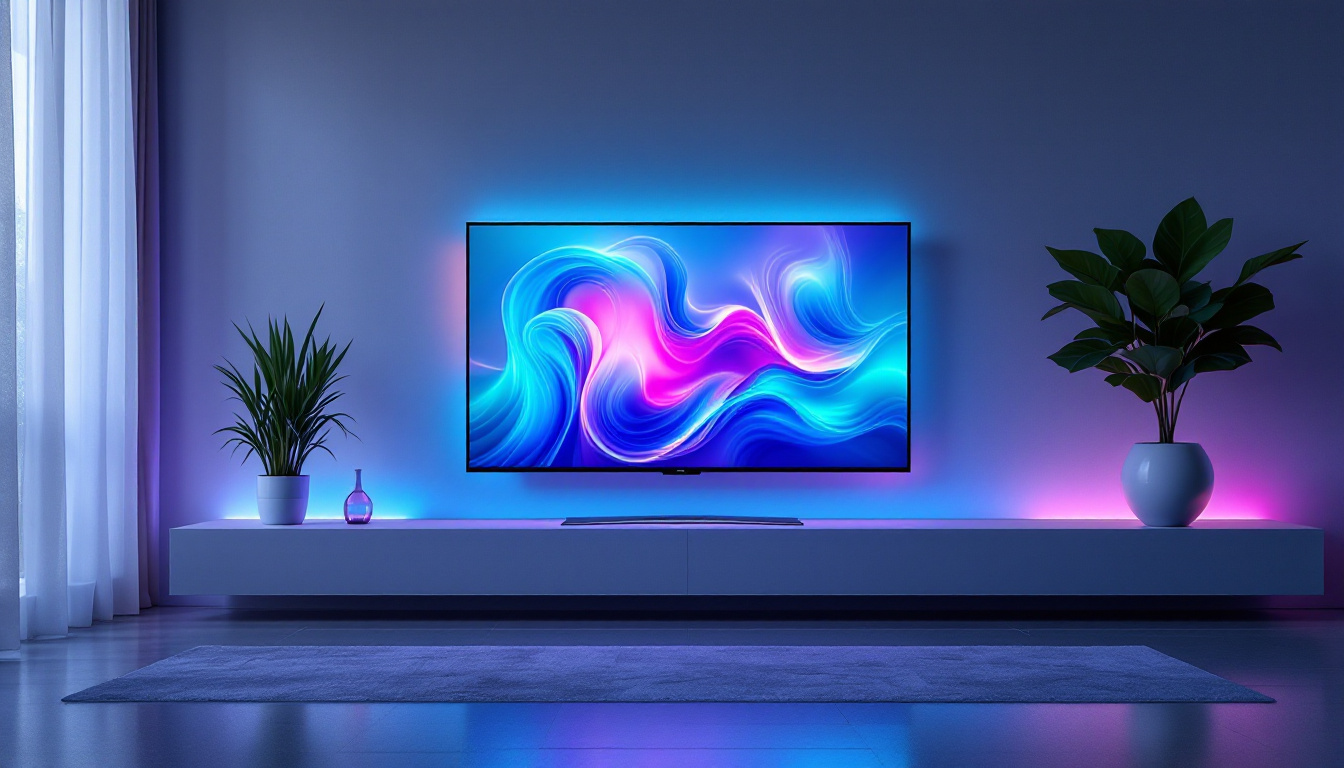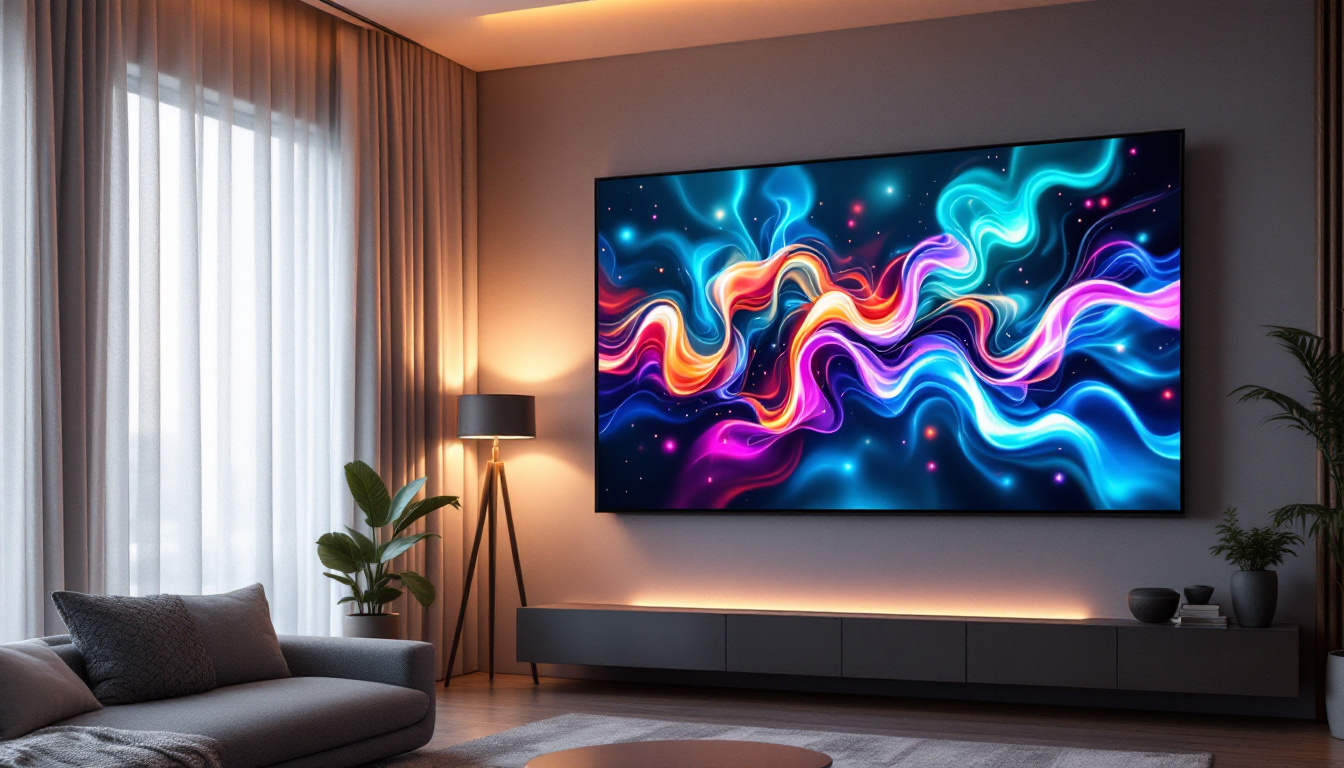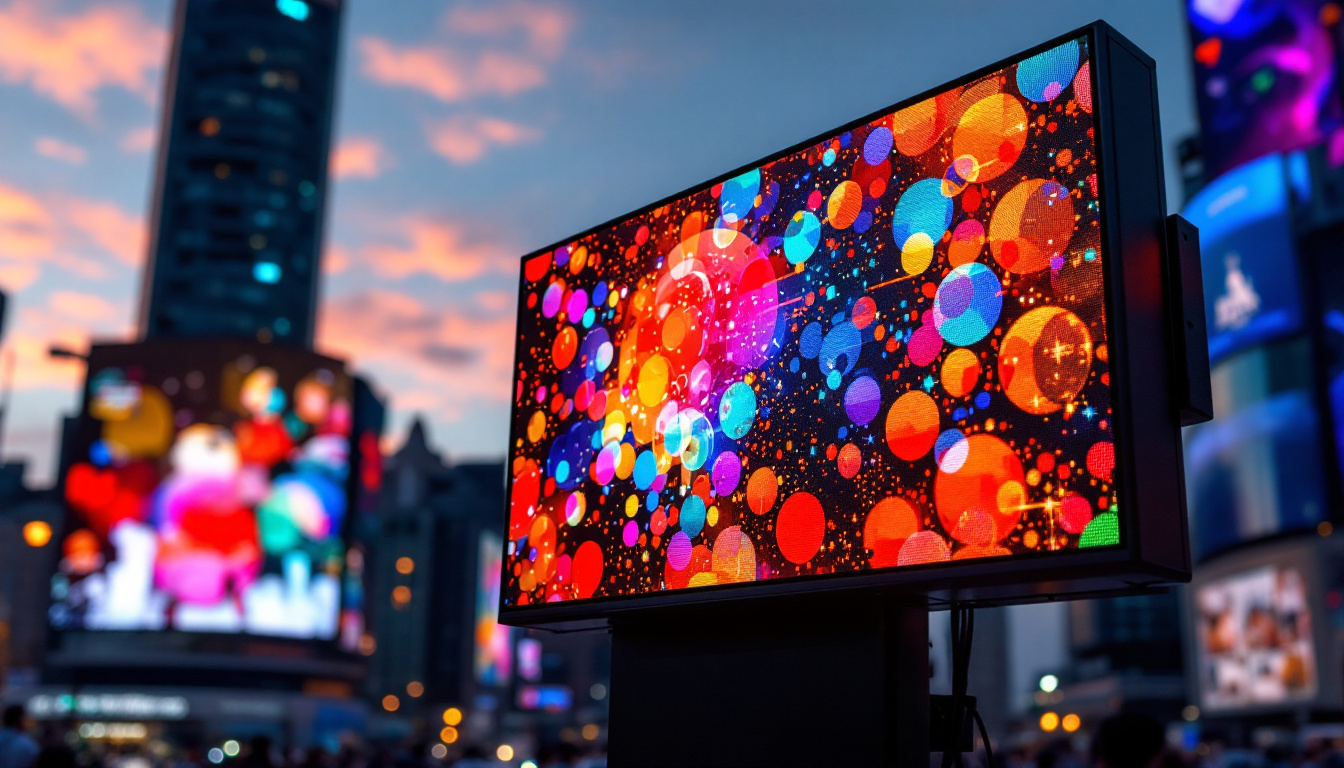In the world of advertising and event presentation, jumbotrons have become an essential tool for capturing attention and conveying messages effectively. These large LED displays are not only visually striking but also versatile, making them ideal for various applications, from sporting events to concerts and corporate gatherings. However, understanding the cost associated with jumbotrons can be complex. This article aims to break down the factors influencing jumbotron costs, explore different types of LED displays, and provide insights into their installation and maintenance.
Understanding Jumbotron Technology
Before delving into costs, it is crucial to understand what jumbotrons are and how they function. At their core, jumbotrons are large-scale LED screens that can display high-resolution images, videos, and animations. They consist of numerous individual LED modules that work together to create a cohesive visual experience. The technology behind these displays has evolved significantly, leading to improvements in brightness, resolution, and energy efficiency. Modern jumbotrons are not just about size; they are also equipped with advanced features such as real-time data integration, enabling them to showcase dynamic content that can change based on audience engagement or environmental factors.
Types of LED Displays
There are several types of LED displays used in jumbotrons, each with its unique characteristics and applications. The most common types include:
- Direct View LED: This type consists of individual LED pixels that form a larger image. It is known for its high brightness and color accuracy, making it suitable for outdoor applications. Direct view LED displays are often used in sports stadiums and concert venues, where visibility from a distance is paramount.
- Video Wall: Composed of multiple smaller screens, video walls can create a large display by combining several panels. They are often used indoors and can be configured in various shapes and sizes. Video walls are popular in corporate environments for presentations and in retail spaces for advertising, as they offer flexibility in content display.
- Transparent LED: These displays allow light to pass through, making them ideal for storefronts and exhibitions where visibility is essential. Transparent LED technology is gaining traction in architectural applications, allowing buildings to integrate digital advertising without obstructing natural light.
Key Features Impacting Cost
The cost of a jumbotron is influenced by several key features, including:
- Resolution: Higher resolution displays provide better image quality but come at a premium price. The pixel pitch, or the distance between pixels, is a critical factor in determining resolution. For instance, a pixel pitch of 2.5mm offers a much sharper image than one with a 10mm pitch, making it ideal for close viewing situations.
- Size: The larger the display, the higher the cost. Size is often measured in square feet, and larger jumbotrons require more materials and technology. Additionally, larger displays may necessitate more robust supporting structures and advanced installation techniques, further driving up costs.
- Brightness: Displays intended for outdoor use need to be brighter to combat sunlight. High-brightness LEDs are more expensive but necessary for visibility in bright conditions. The brightness level is measured in nits, and outdoor displays typically require a minimum of 5,000 nits to ensure clear visibility even in direct sunlight.
In addition to these features, the durability and weather resistance of jumbotrons are also crucial considerations. Outdoor displays must be built to withstand various environmental conditions, including rain, wind, and extreme temperatures. This often involves additional protective coatings and materials, which can significantly impact the overall cost. Furthermore, the technology used for controlling and managing content on these displays has advanced, with many jumbotrons now incorporating cloud-based solutions that allow for remote updates and real-time content management, adding another layer of functionality and potential cost.
Cost Breakdown of Jumbotrons
When considering the purchase of a jumbotron, it is essential to understand the various components that contribute to the overall cost. This breakdown will help potential buyers make informed decisions based on their specific needs and budget.
Initial Purchase Cost
The initial purchase cost of a jumbotron can vary widely depending on the factors mentioned earlier. On average, prices can range from $10,000 to over $100,000. For example, a smaller indoor display might cost around $15,000, while a large outdoor jumbotron with high resolution could exceed $200,000.
Additionally, customization options, such as unique shapes or special features, can further increase the cost. Buyers should carefully assess their requirements and obtain quotes from multiple suppliers to ensure they are getting the best value for their investment.
Installation Expenses
Installation is another significant cost factor that should not be overlooked. The complexity of the installation process can vary based on the display’s size and location. For instance, outdoor installations may require additional structural support, while indoor setups might involve complex wiring and integration with existing systems.
On average, installation costs can range from $5,000 to $20,000. It is advisable to work with experienced professionals who can ensure that the installation is done safely and effectively, minimizing the risk of future issues.
Maintenance and Operating Costs
Once a jumbotron is installed, ongoing maintenance and operating costs must be considered. Regular maintenance is essential for keeping the display in optimal condition and can include cleaning, software updates, and repairs. Depending on usage, maintenance costs can range from $1,000 to $5,000 annually.
Operating costs, such as electricity consumption, should also be factored in. LED displays are generally energy-efficient, but larger screens will consume more power. Budgeting for these costs is crucial for long-term financial planning.
Factors Influencing Cost Variability
The cost of jumbotrons can vary significantly based on several external factors. Understanding these variables can help prospective buyers navigate the market more effectively.
Market Demand
Market demand plays a crucial role in determining the price of jumbotrons. During peak seasons, such as major sporting events or festivals, prices may increase due to heightened demand. Conversely, during off-peak times, buyers may find more competitive pricing and discounts.
Technological Advancements
As technology evolves, new features and capabilities are introduced to the market. Cutting-edge displays with improved resolution, enhanced brightness, or innovative designs may command higher prices. However, these advancements can also lead to more cost-effective options as older models become available at reduced prices.
Supplier Relationships
The relationship between buyers and suppliers can significantly impact pricing. Established suppliers with a strong reputation may offer better pricing structures or financing options. Building a good relationship with suppliers can lead to discounts, improved service, and access to the latest technology.
Financing Options for Jumbotrons
For many organizations, the upfront cost of a jumbotron can be a barrier to acquisition. Fortunately, various financing options are available to help ease the financial burden.
Leasing vs. Purchasing
Leasing a jumbotron can be an attractive option for organizations that may not have the capital for a full purchase. Leasing allows for lower upfront costs and the flexibility to upgrade to newer technology as it becomes available. However, it is essential to consider the long-term costs of leasing versus purchasing outright.
Purchasing a jumbotron offers ownership and the potential for long-term savings, especially if the display is used frequently. Organizations should weigh the benefits of each option based on their specific needs and financial situation.
Financing Plans
Many suppliers offer financing plans that allow buyers to spread the cost of a jumbotron over several months or years. These plans can make the purchase more manageable and help organizations maintain cash flow while investing in essential technology.
Case Studies: Jumbotron Implementation
To better understand the value of jumbotrons, examining real-world case studies can provide insights into their impact and effectiveness.
Sports Venues
Many sports venues have embraced jumbotrons as a means to enhance the fan experience. For instance, a major league baseball stadium installed a high-resolution jumbotron to display live game footage, replays, and advertisements. The result was a significant increase in fan engagement and revenue from sponsorship deals, demonstrating the potential return on investment.
Corporate Events
Corporate events often leverage jumbotrons to create a dynamic atmosphere. A tech company used a jumbotron at its annual conference to showcase product launches and live social media feeds. Attendees reported a more immersive experience, leading to increased brand awareness and customer interest.
Future Trends in Jumbotron Technology
The jumbotron industry is continually evolving, with new trends shaping the future of LED displays. Understanding these trends can help organizations stay ahead of the curve and make informed investment decisions.
Increased Interactivity
Future jumbotrons are expected to incorporate more interactive features, allowing audiences to engage with the content in real-time. This could include touchscreens, augmented reality elements, and social media integration, enhancing the overall experience for viewers.
Eco-Friendly Solutions
As sustainability becomes a priority for many organizations, eco-friendly jumbotron solutions are gaining traction. Manufacturers are exploring energy-efficient technologies and recyclable materials, which can reduce the environmental impact of these displays while also appealing to eco-conscious consumers.
Conclusion
Investing in a jumbotron can be a significant financial commitment, but understanding the costs and benefits can help organizations make informed decisions. By considering factors such as initial purchase costs, installation expenses, and ongoing maintenance, potential buyers can better navigate the complexities of jumbotron acquisition.
As technology continues to advance, the future of jumbotrons looks promising, with increased interactivity and eco-friendly solutions on the horizon. For organizations looking to enhance their visibility and engagement, jumbotrons offer a powerful tool that can yield substantial returns on investment.
In summary, whether for sporting events, corporate gatherings, or advertising, jumbotrons have proven their worth as a dynamic and effective communication medium. Understanding the associated costs and trends can empower organizations to leverage this technology to its fullest potential.
Discover LumenMatrix’s Innovative LED Solutions
Ready to elevate your audience’s experience with the power of cutting-edge LED technology? LumenMatrix is at the forefront of LED display innovation, offering a wide range of solutions tailored to your unique needs. From vibrant Indoor and Outdoor LED Wall Displays to dynamic Vehicle and Sports LED Displays, our products are designed to make your brand shine. Embrace the future with our Custom, All-in-One, and Transparent LED Displays, and see how our commitment to revolutionizing visual communication can transform your message. Don’t just take our word for it; check out LumenMatrix LED Display Solutions and witness the impact of superior quality and design.

